Imagine stepping into a silent forest where trees have stood for millions of years—yet not a single leaf rustles in the wind. Beneath your feet, the ground is carved with strange, twisted shapes, as if frozen mid-eruption. This is not a scene from a fantasy novel; it is the astonishing reality of fossil forests and lava beds. On World Heritage Day, these ancient wonders invite us to peer back in time, offering a glimpse into Earth’s dramatic past and the relentless power of nature. The story of these sites is not just one of geology, but of life, death, and renewal—a tale that sparks the imagination and stirs a sense of awe in all who visit.
The Magic of Fossil Forests
Fossil forests are like natural time capsules, preserving trees that lived millions of years ago. Unlike ordinary petrified wood, these forests often show entire trunks and root systems, frozen in place as they once grew. Walking through a fossil forest feels almost magical, as if the landscape has been paused, allowing us to witness a prehistoric world firsthand. The process that creates these stone forests is called permineralization, where minerals slowly replace organic material, transforming wood into rock. Over time, the colors and details are preserved, revealing intricate rings and textures. Fossil forests are scattered across the globe, from the Isle of Skye in Scotland to the Yellowstone Petrified Forest in the United States, each telling a unique story of ancient climates and ecosystems.
Lava Beds: Nature’s Fiery Canvas

Lava beds are the result of volcanic eruptions, where rivers of molten rock cool and harden into black, rugged landscapes. These beds can stretch for miles, creating surreal scenes of twisted, rope-like rocks and cavernous tunnels. The heat and violence of their creation stand in stark contrast to the silent testament of fossil forests. Exploring a lava bed is like stepping onto another planet, with sharp rocks and curious shapes formed as lava flowed and cooled at different speeds. In some places, the ground seems to ripple, while in others, it forms smooth, glassy surfaces that glitter in the sunlight. Lava beds are not only visually stunning—they also offer clues about Earth’s interior and the processes that shape our world.
How Fossil Forests Are Formed
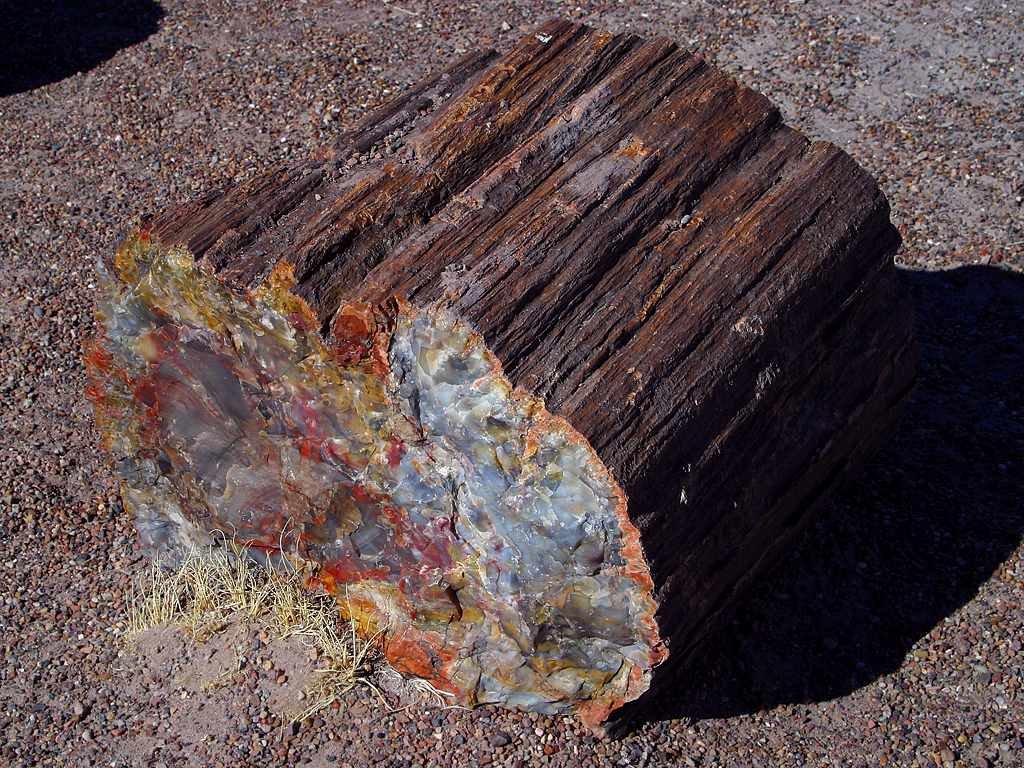
The creation of a fossil forest is a dance between destruction and preservation. When a volcanic eruption or flood buries a forest rapidly in ash, mud, or sediment, the lack of oxygen slows decay. Minerals in water seep into the wood, gradually replacing the organic material cell by cell. This process can take thousands or even millions of years. The result is a forest made entirely of stone, with tree trunks standing upright, roots still anchored in ancient soil. These fossilized remains provide a snapshot of the forest as it once existed, including the types of trees, their ages, and even the climate they grew in. It’s a remarkable process that transforms life into stone, yet leaves its story intact for future generations to discover.
Volcanic Power: The Birth of Lava Beds
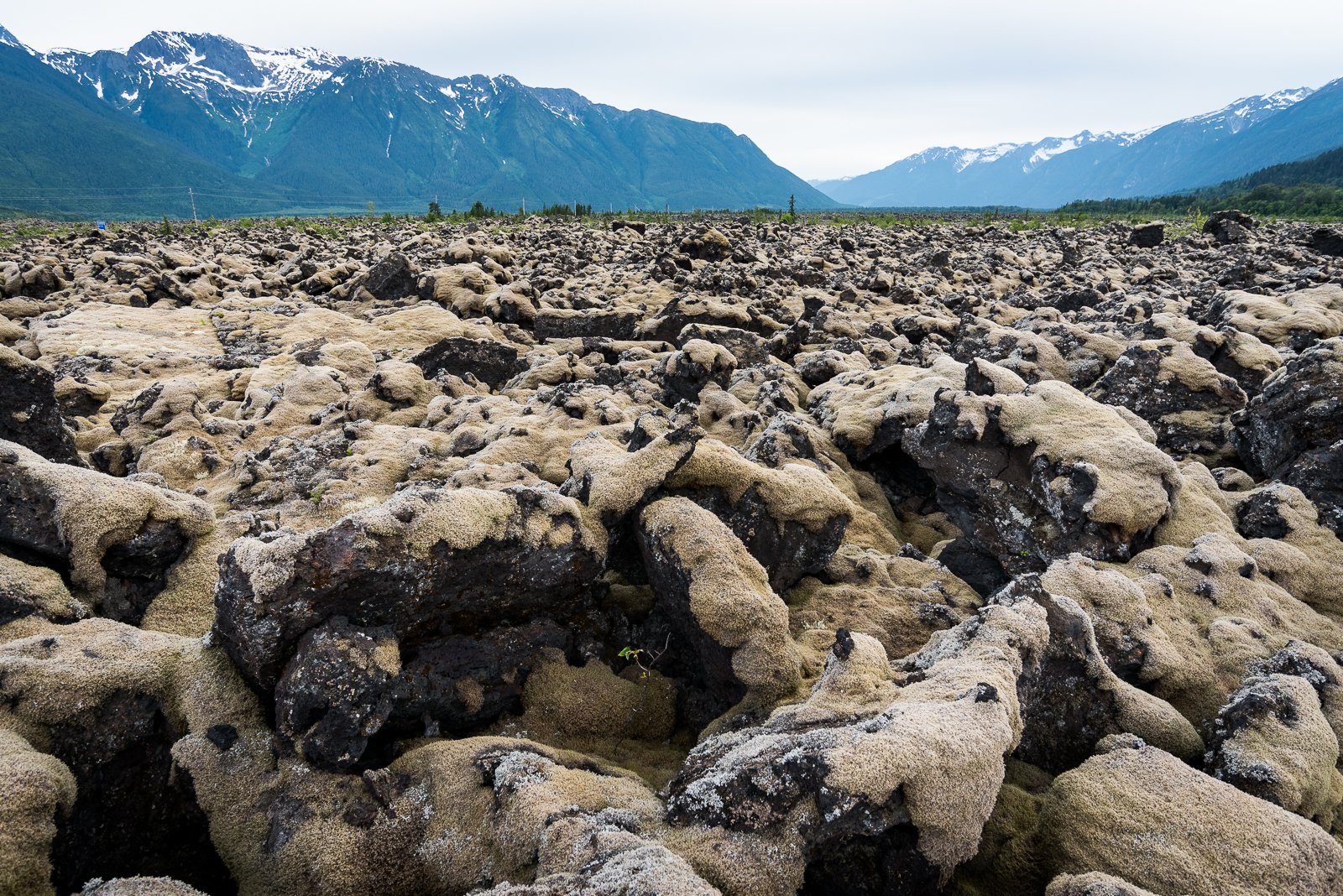
Lava beds are created when magma erupts from beneath the Earth’s crust, pouring out as lava and spreading across the landscape. Depending on the type of lava and its temperature, the surface can cool quickly, forming jagged, sharp rocks called ‘a’a,’ or more slowly, creating smooth, ropy shapes known as ‘pahoehoe.’ Sometimes, lava flows form tubes that later drain out, leaving behind tunnels that can be explored. These landscapes are often inhospitable at first, but over time, plants and animals begin to colonize the area, turning a barren lava field into a thriving ecosystem. The ever-changing nature of lava beds reminds us of our planet’s dynamic energy and its ability to create and destroy in equal measure.
World Heritage Day: Why These Sites Matter
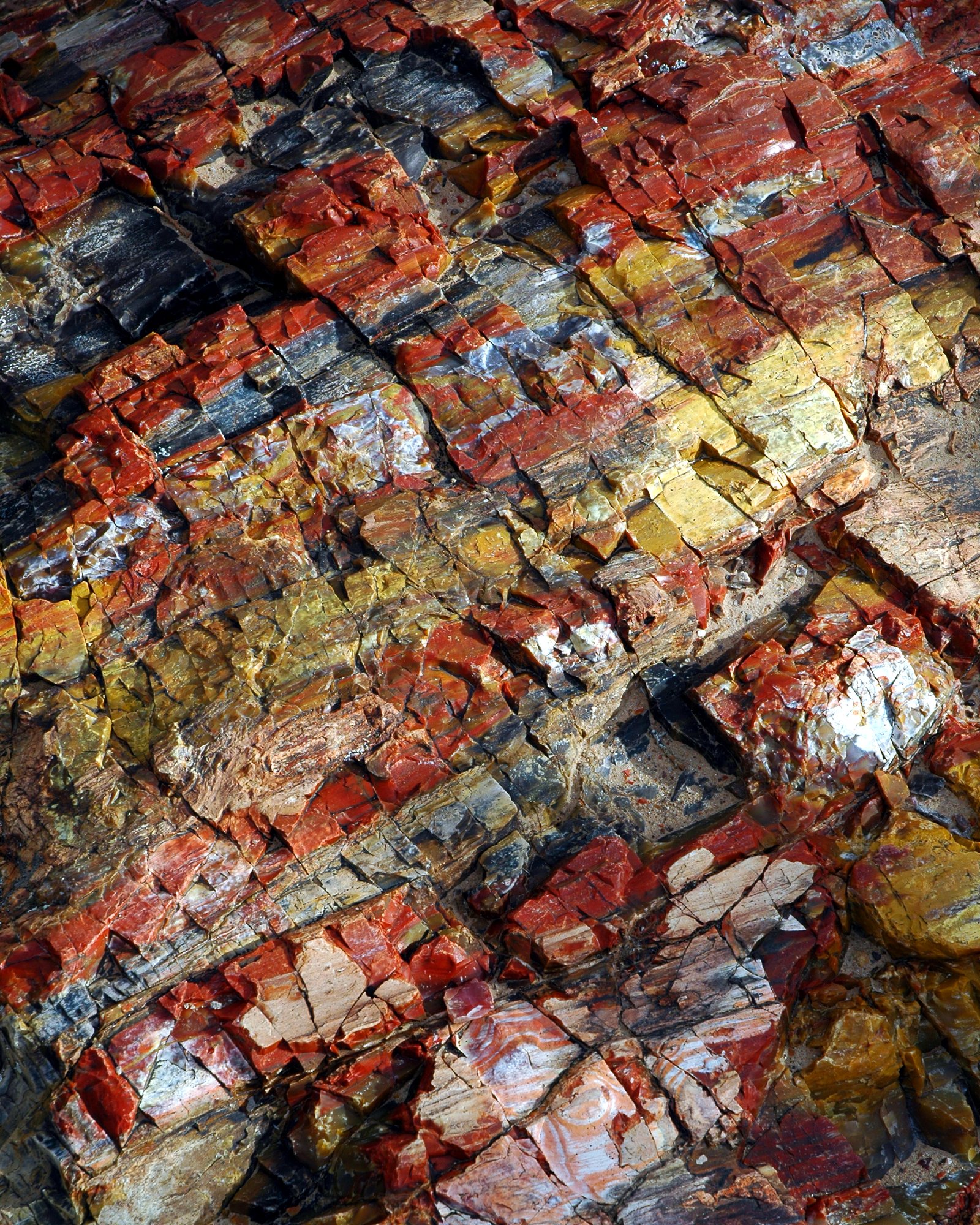
World Heritage Day is a moment to celebrate and protect the natural and cultural treasures of our planet. Fossil forests and lava beds are among the most precious of these sites, preserving the history of our Earth for all to see. They are living museums, offering insights into ancient life, dramatic geological events, and the resilience of nature. By visiting and learning about these sites, we deepen our connection to the world’s past and our responsibility to safeguard it. Many fossil forests and lava beds are now protected as World Heritage Sites, recognized for their unique scientific value and breathtaking beauty. They remind us that the Earth is ever-changing—and that our actions can help preserve its wonders for future generations.
Fossil Forests Around the World
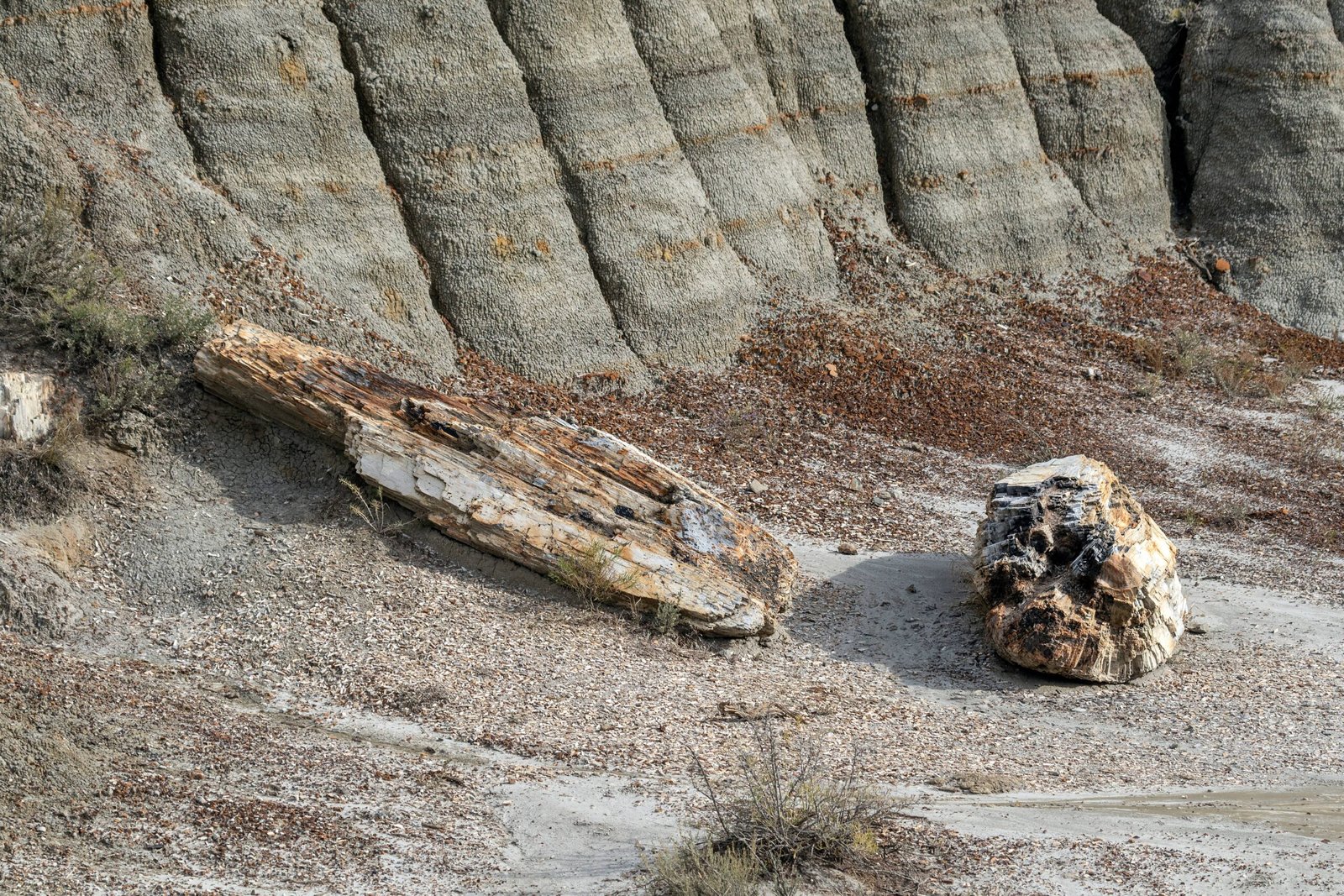
Some of the world’s most famous fossil forests span continents and climates. The Petrified Forest National Park in Arizona boasts rainbow-hued logs scattered across a desert landscape, each one a relic of a primeval forest. In New Zealand, the Curio Bay fossil forest reveals 180-million-year-old tree stumps exposed at low tide, telling the tale of ancient Gondwana. Even Antarctica has its share of fossil forests, where fossilized trunks hint at a time when the frozen continent was lush and green. Each site offers a different window into the past, showing how forests have adapted—and sometimes vanished—through shifting climates and catastrophic events.
Lava Beds Worth Exploring

Lava beds are found wherever volcanoes have shaped the land, from the vast fields of Hawaii’s Big Island to the mysterious Lava Beds National Monument in California. Iceland’s Eldhraun lava field, created by one of the largest eruptions in recorded history, is now covered in a thick, mossy blanket that adds a surreal beauty. In Italy, Mount Etna’s lava flows have created dramatic landscapes dotted with caves and ancient ruins. These sites are not only geological wonders—they’re also steeped in legend and local lore, inspiring awe and curiosity in all who visit. Exploring these rugged terrains challenges our sense of adventure and reveals the raw power of volcanic forces.
The Science Hidden in Stone
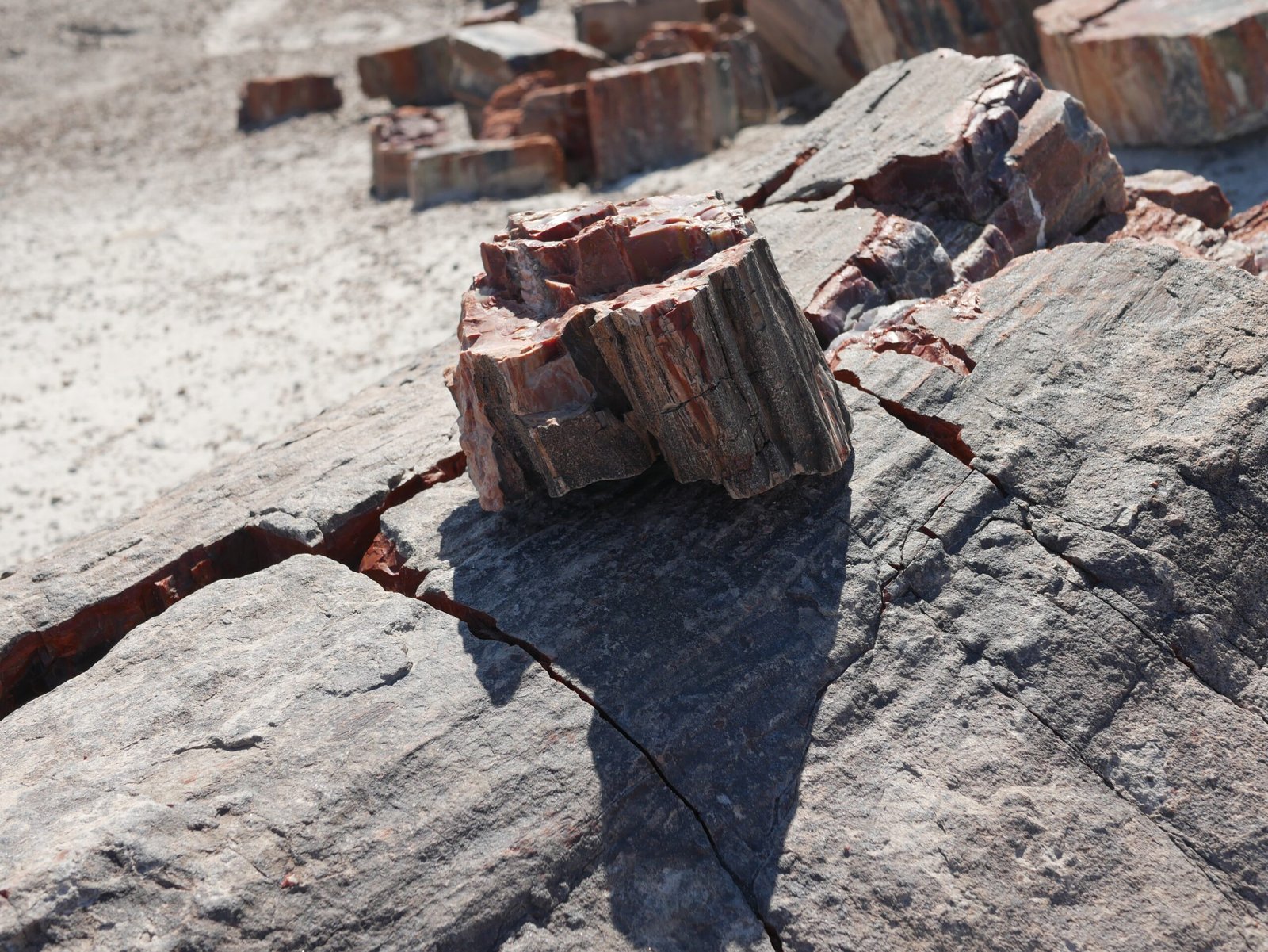
Scientists treasure fossil forests and lava beds because they hold vital clues about Earth’s history. By studying fossilized wood, researchers can determine the age of trees, the climate they grew in, and even signs of disease or fire. Lava beds, on the other hand, help geologists understand how volcanoes work, how eruptions affect the landscape, and how life returns after devastation. These sites are natural laboratories, where every rock and fossil tells a story. They teach us about resilience, adaptation, and the cycles that have shaped our planet for billions of years. The more we study them, the more we appreciate the complexity and wonder of the natural world.
Life After Lava: Nature’s Comeback

While lava beds may seem lifeless at first, they are actually stages for incredible stories of survival. Pioneer plants—like mosses and lichens—are the first to take root, breaking down rock and creating soil for other species. Over decades and centuries, these once-barren fields transform into forests, grasslands, or even farmland. Fossil forests, too, are reminders that life can return after disaster. The cycle of destruction and renewal is a central theme in Earth’s story, and nowhere is it more clear than in these landscapes. Witnessing this transformation can be deeply moving, reminding us of nature’s capacity to heal and thrive against the odds.
Protecting Our Geological Heritage
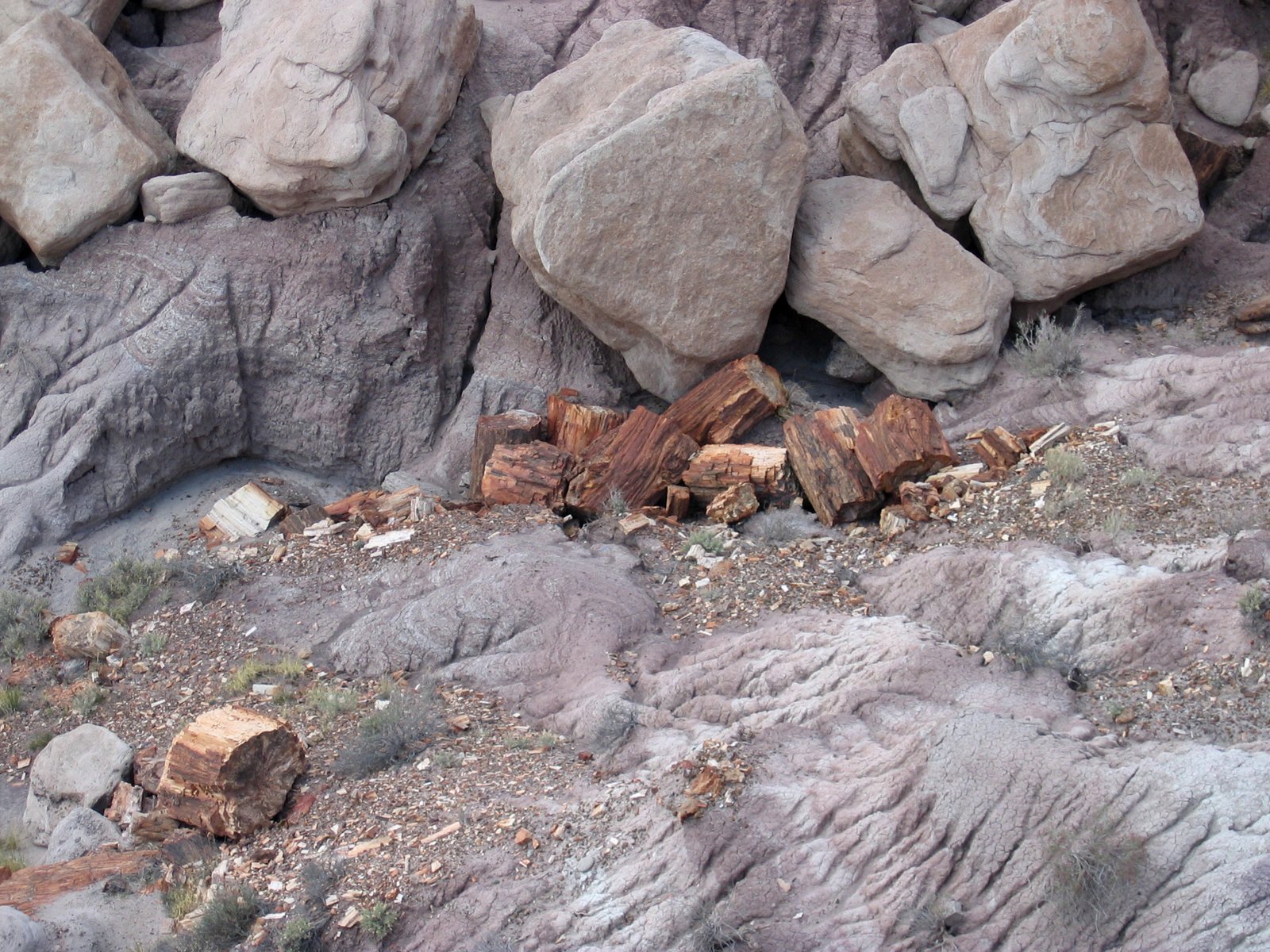
Fossil forests and lava beds are fragile resources, vulnerable to erosion, vandalism, and climate change. Many sites are threatened by development or careless tourism, making conservation efforts more important than ever. Organizations around the world work to safeguard these places, enforcing regulations and educating the public about their value. Visitors are encouraged to tread lightly, respecting signs and staying on designated paths to prevent damage. Protecting these sites is about more than preserving rocks—it’s about honoring the stories they tell and ensuring that future generations can experience their wonder.
Inspiration for the Future
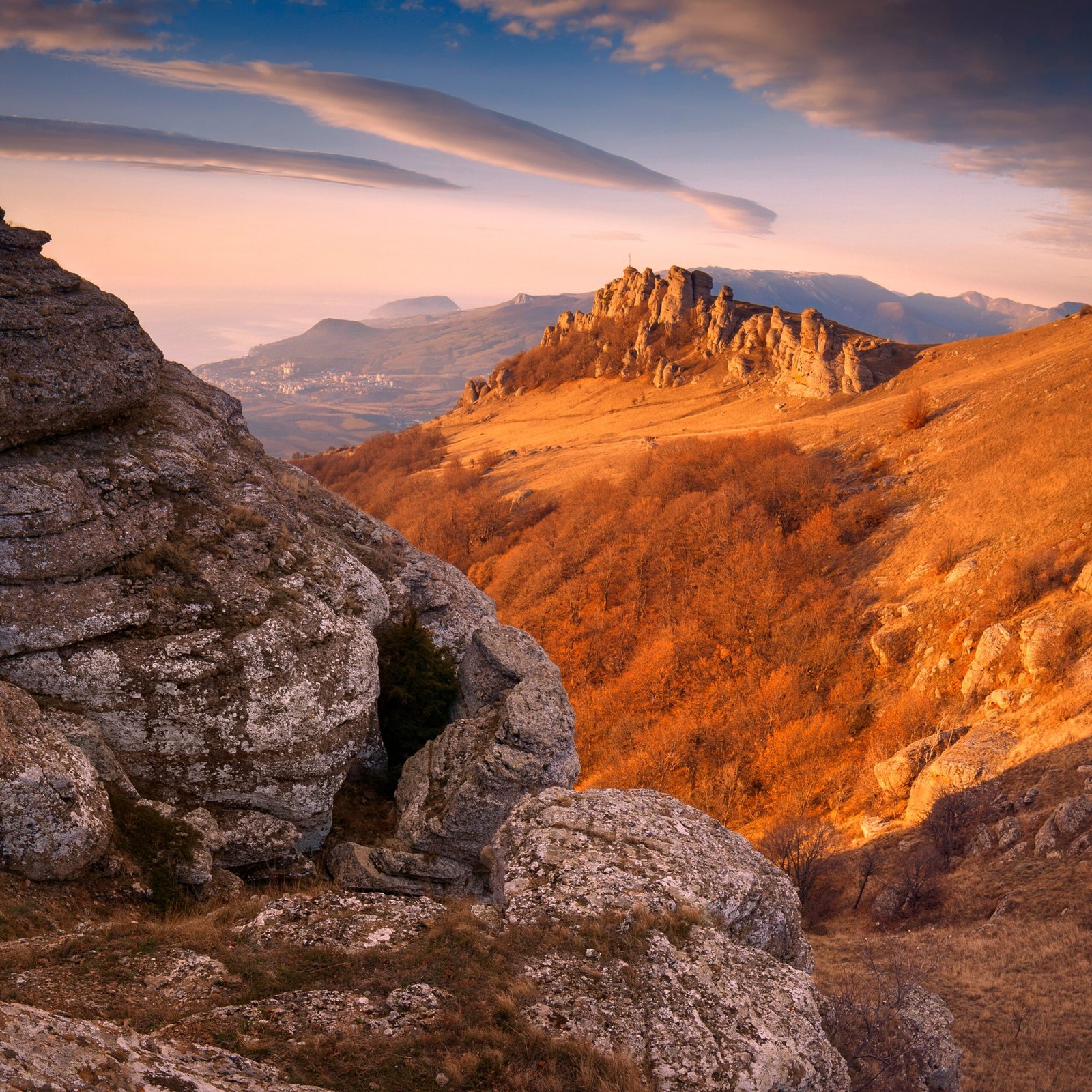
Standing in a fossil forest or atop a lava bed can change the way we see the world. These places inspire awe, curiosity, and a sense of connection to the deep history of our planet. They challenge us to think about time on a grand scale and to appreciate the forces that shape life and landscape alike. Perhaps most importantly, they remind us of our place in nature’s story—a story that is still unfolding. On World Heritage Day, let us celebrate these remarkable sites, reflect on the lessons they offer, and commit to protecting our shared heritage. What ancient story would you most like to see written in stone?




